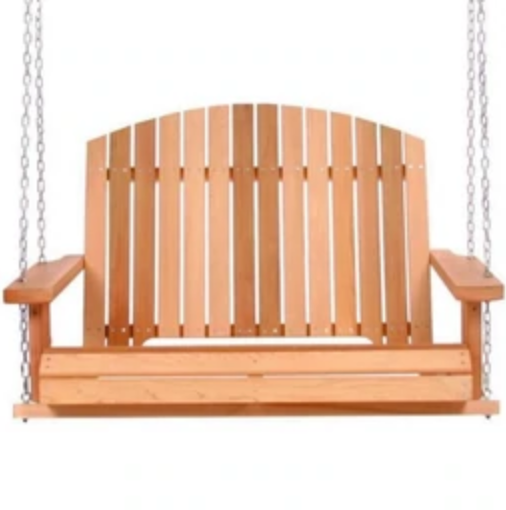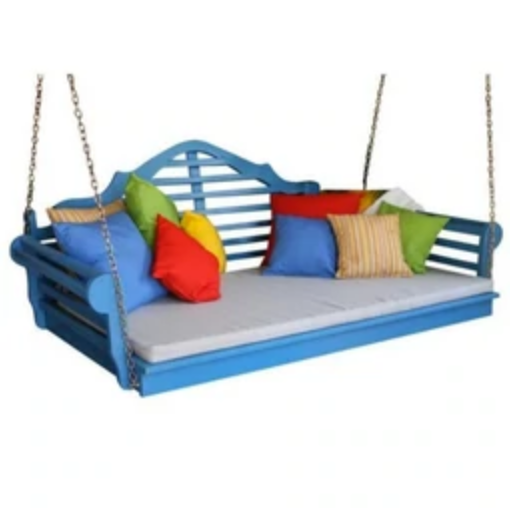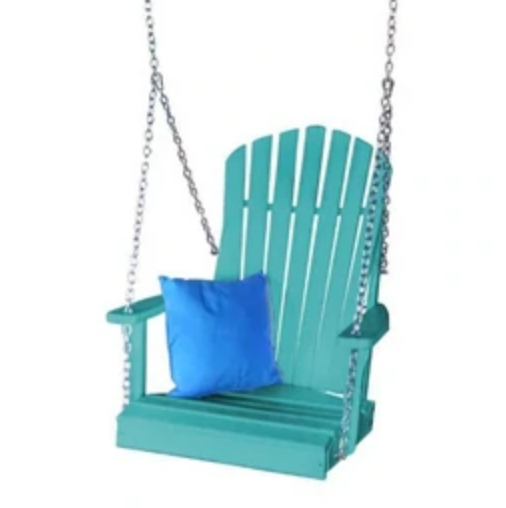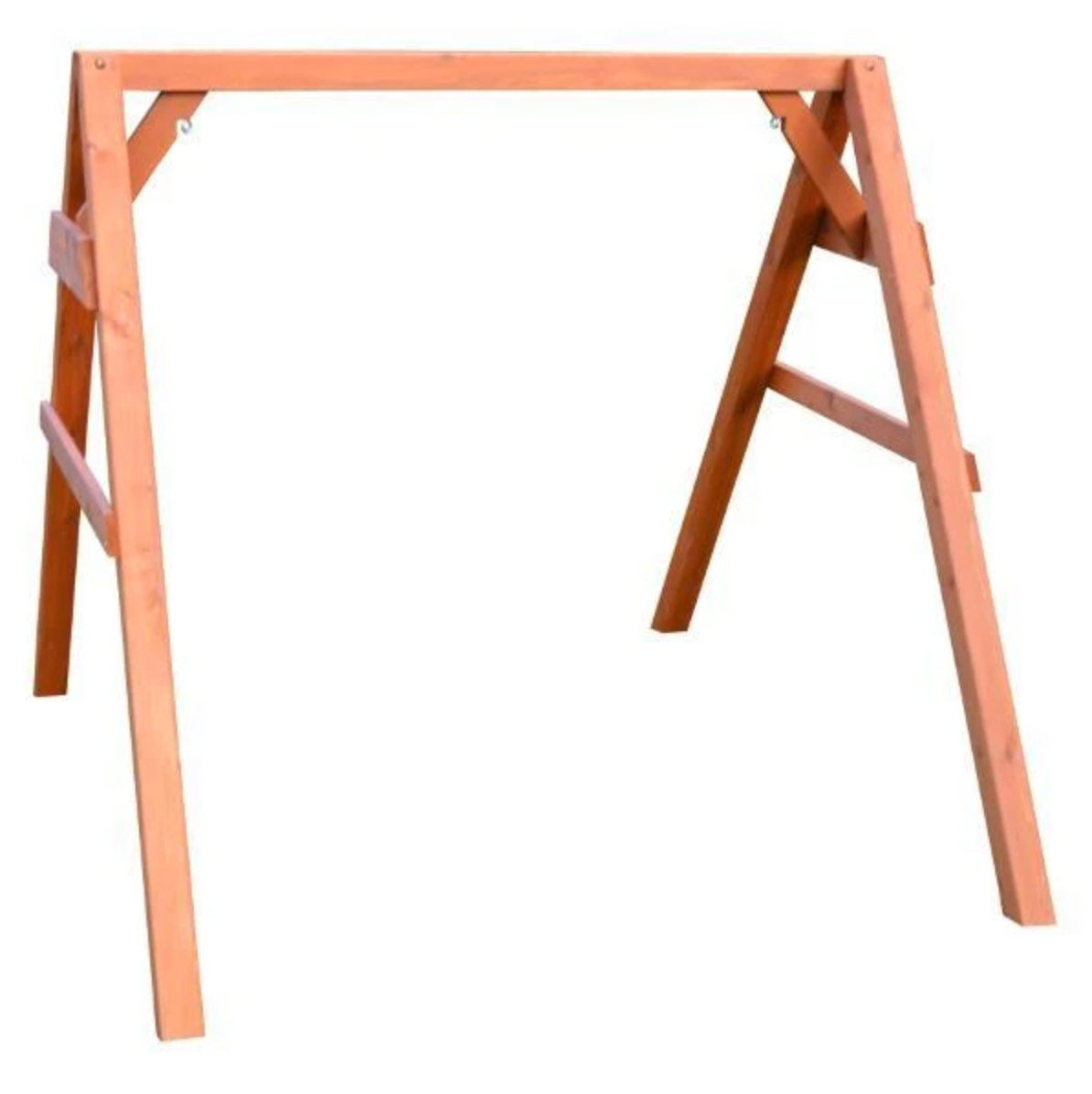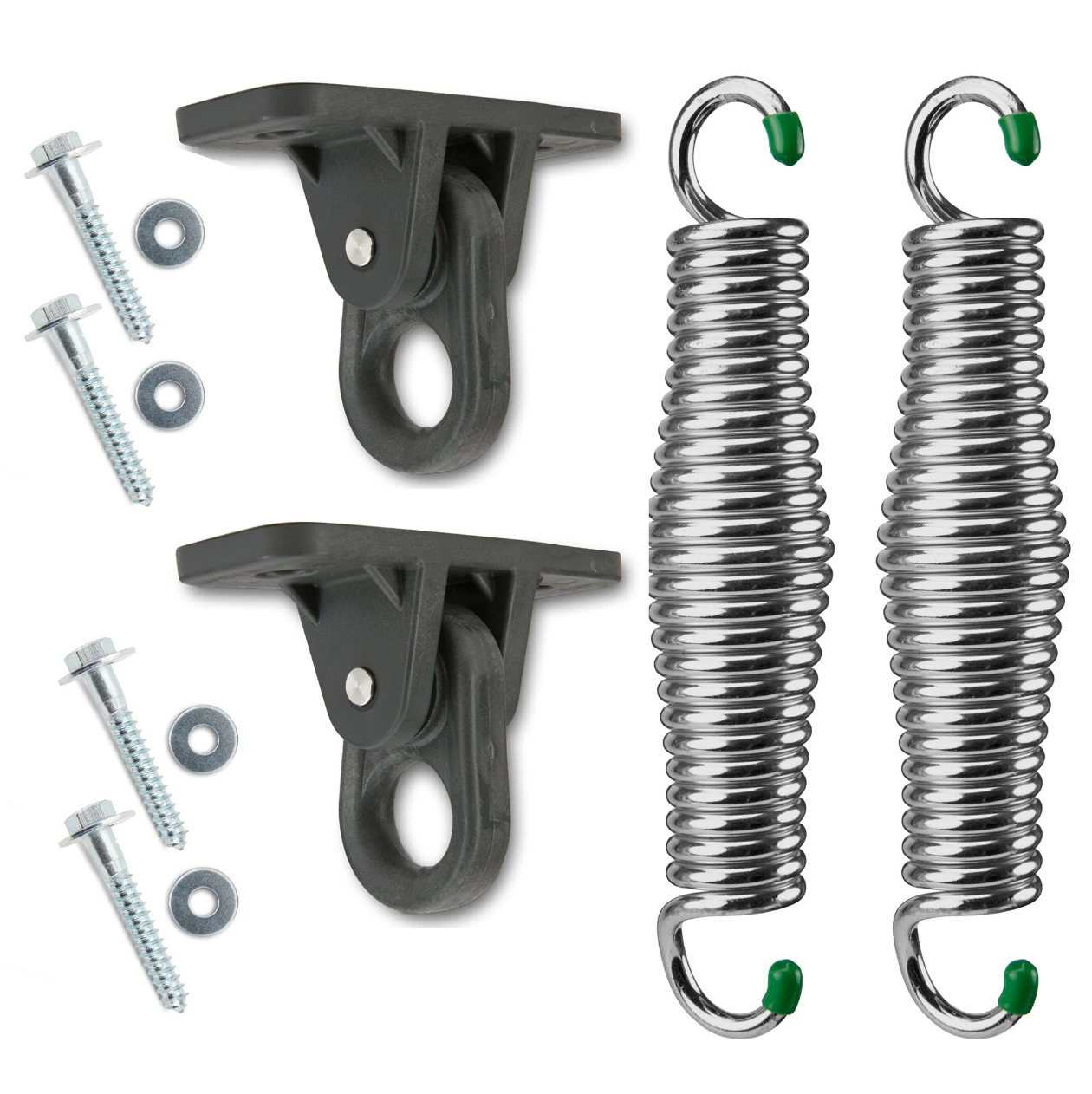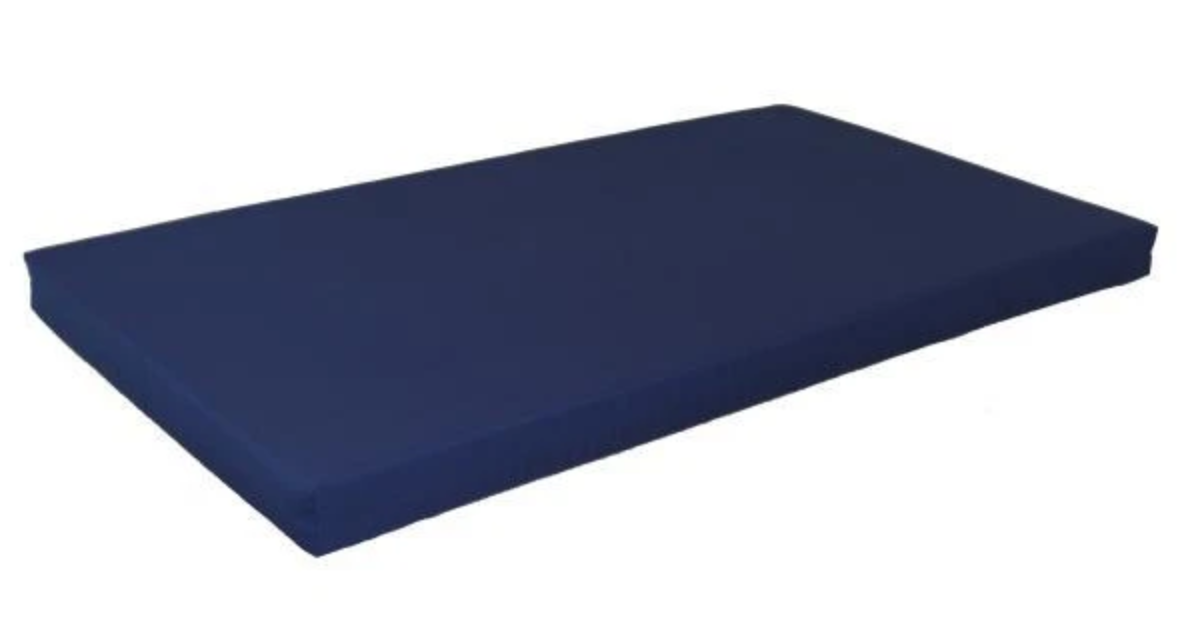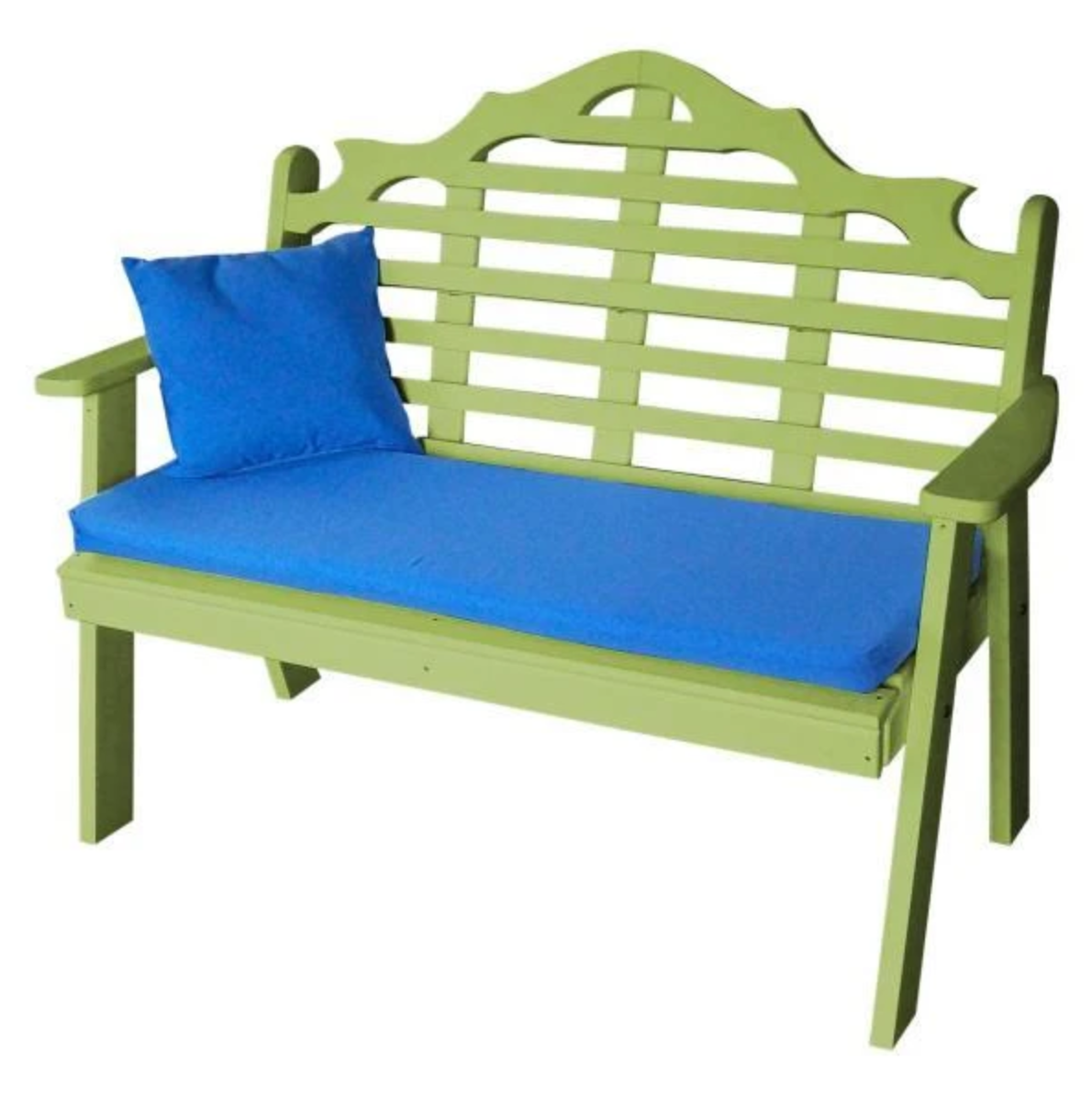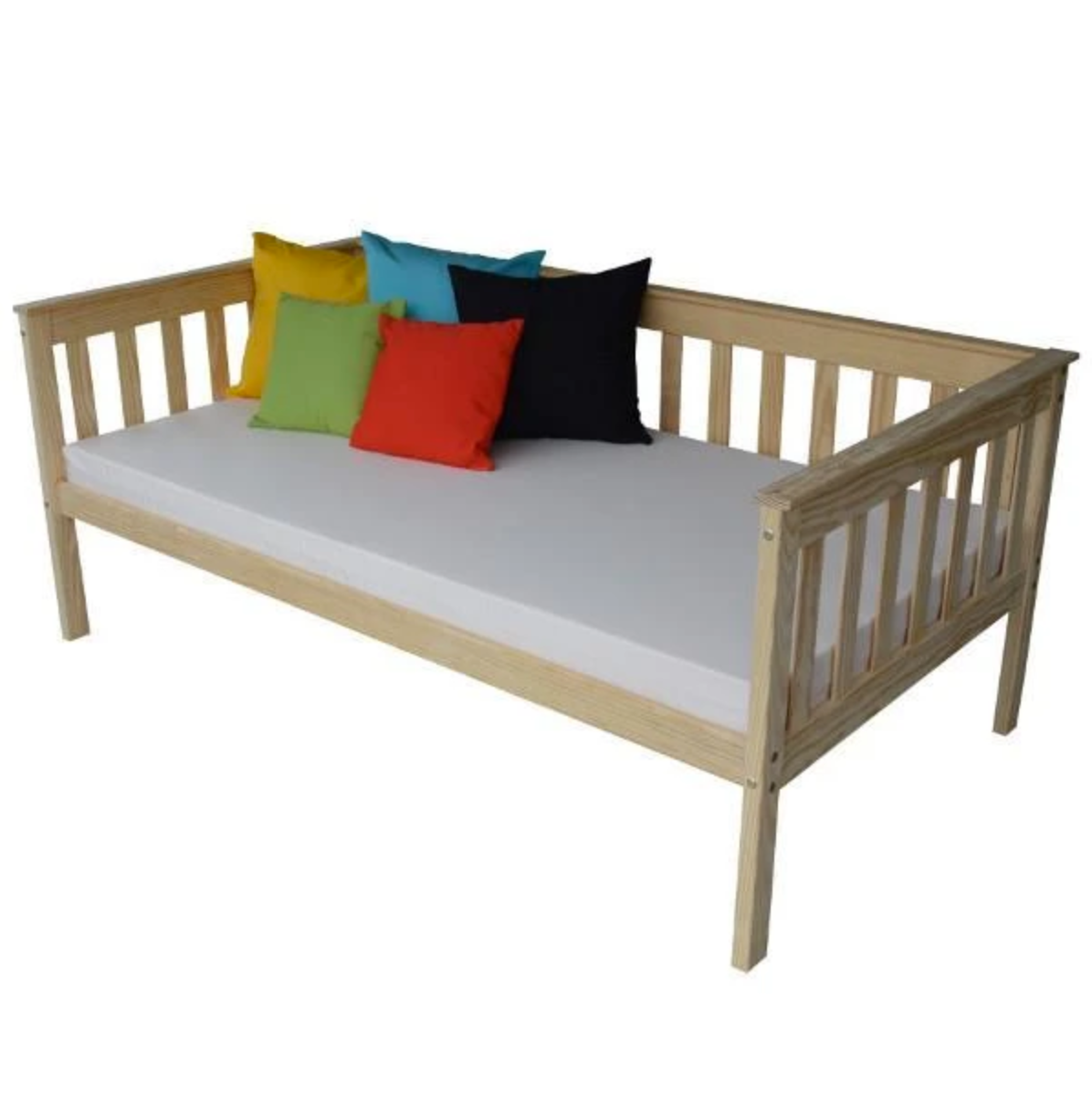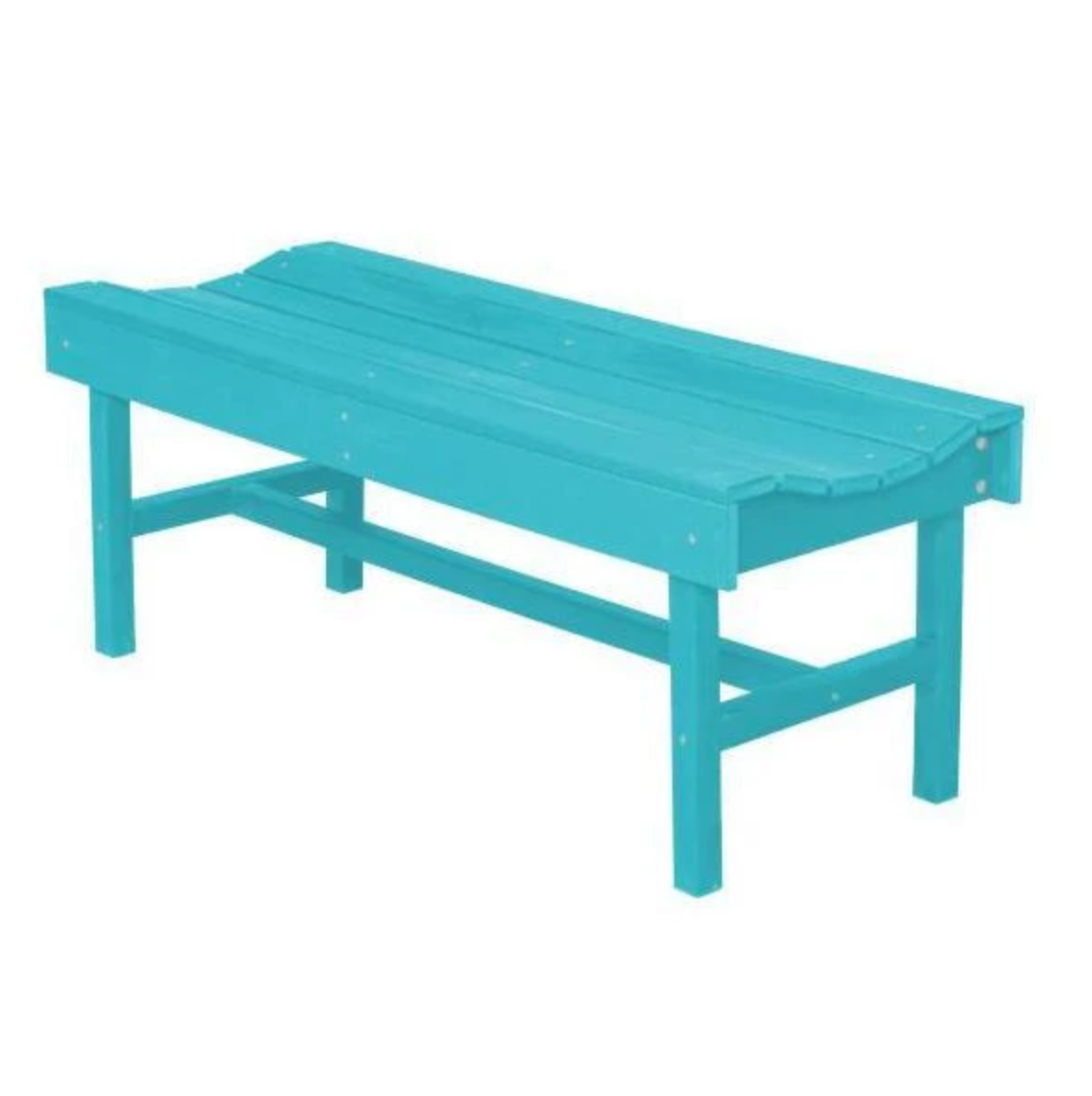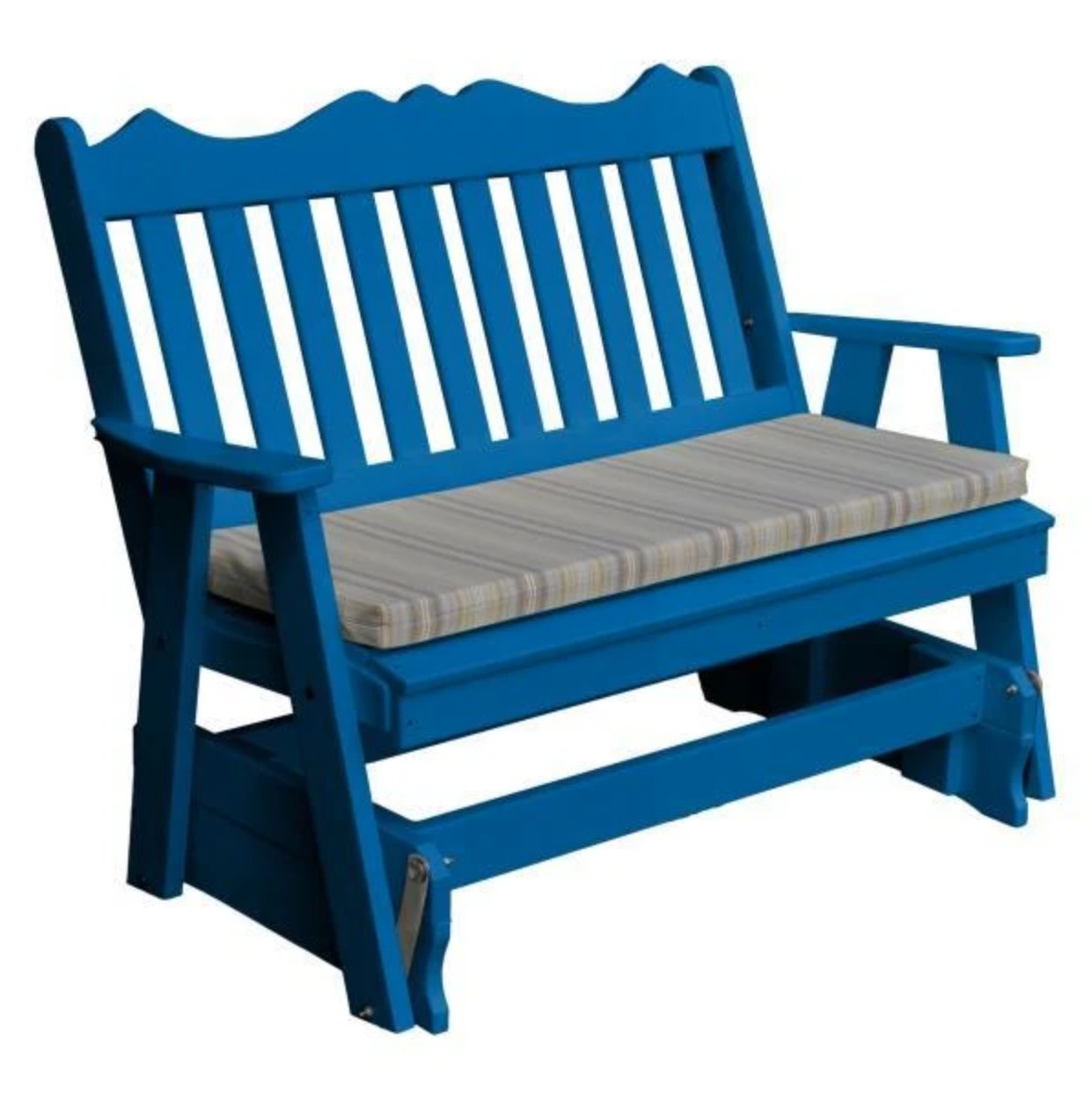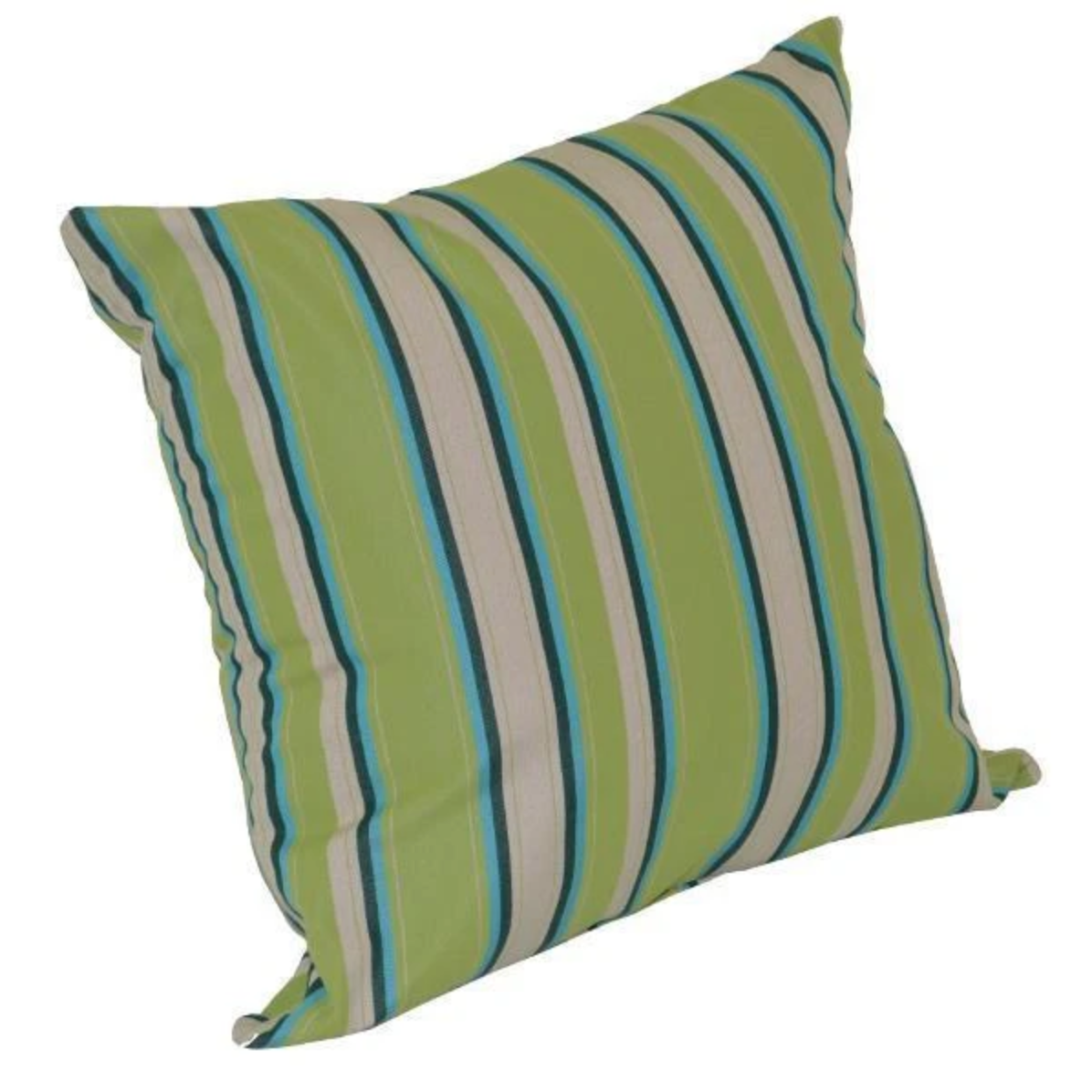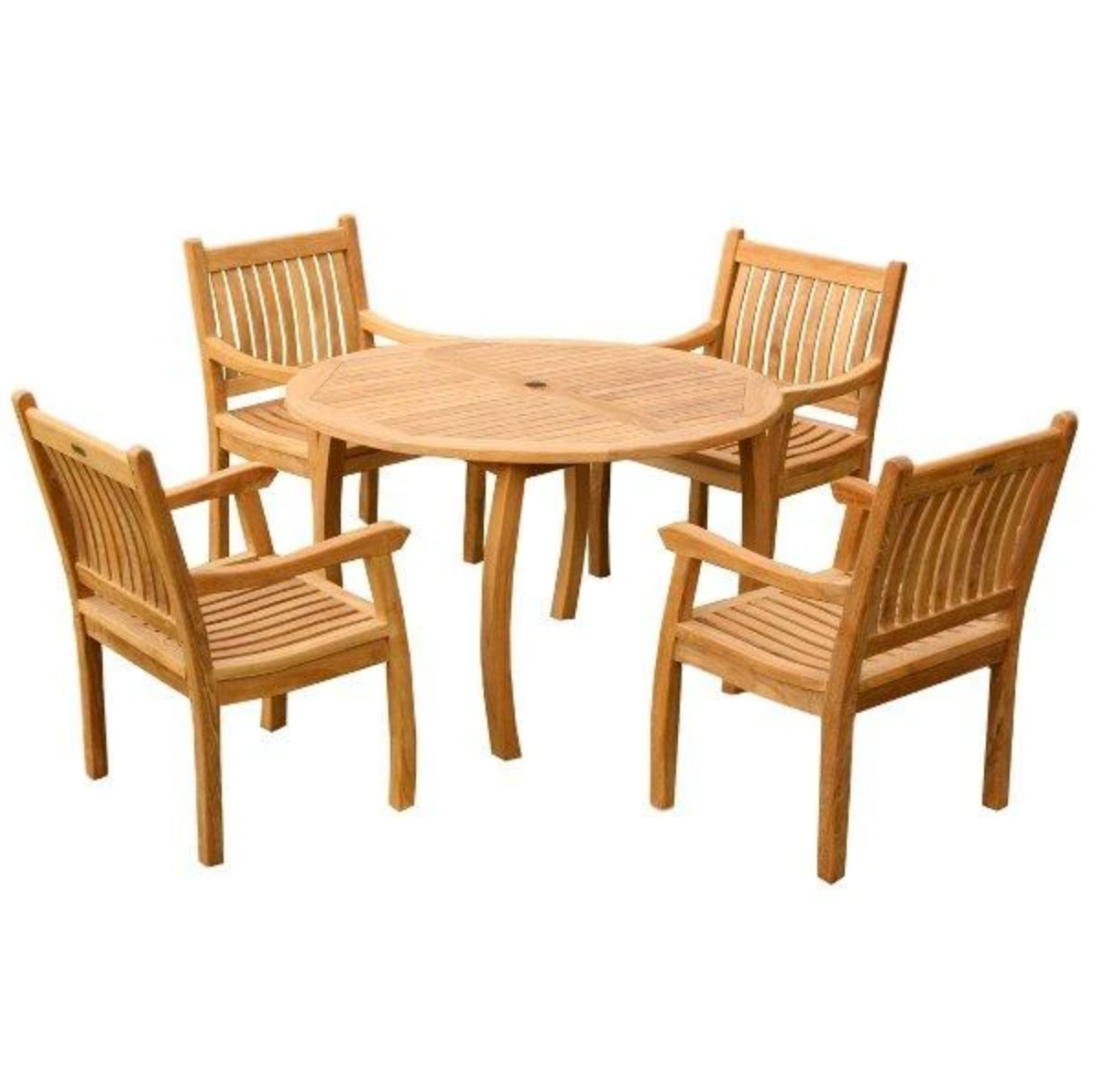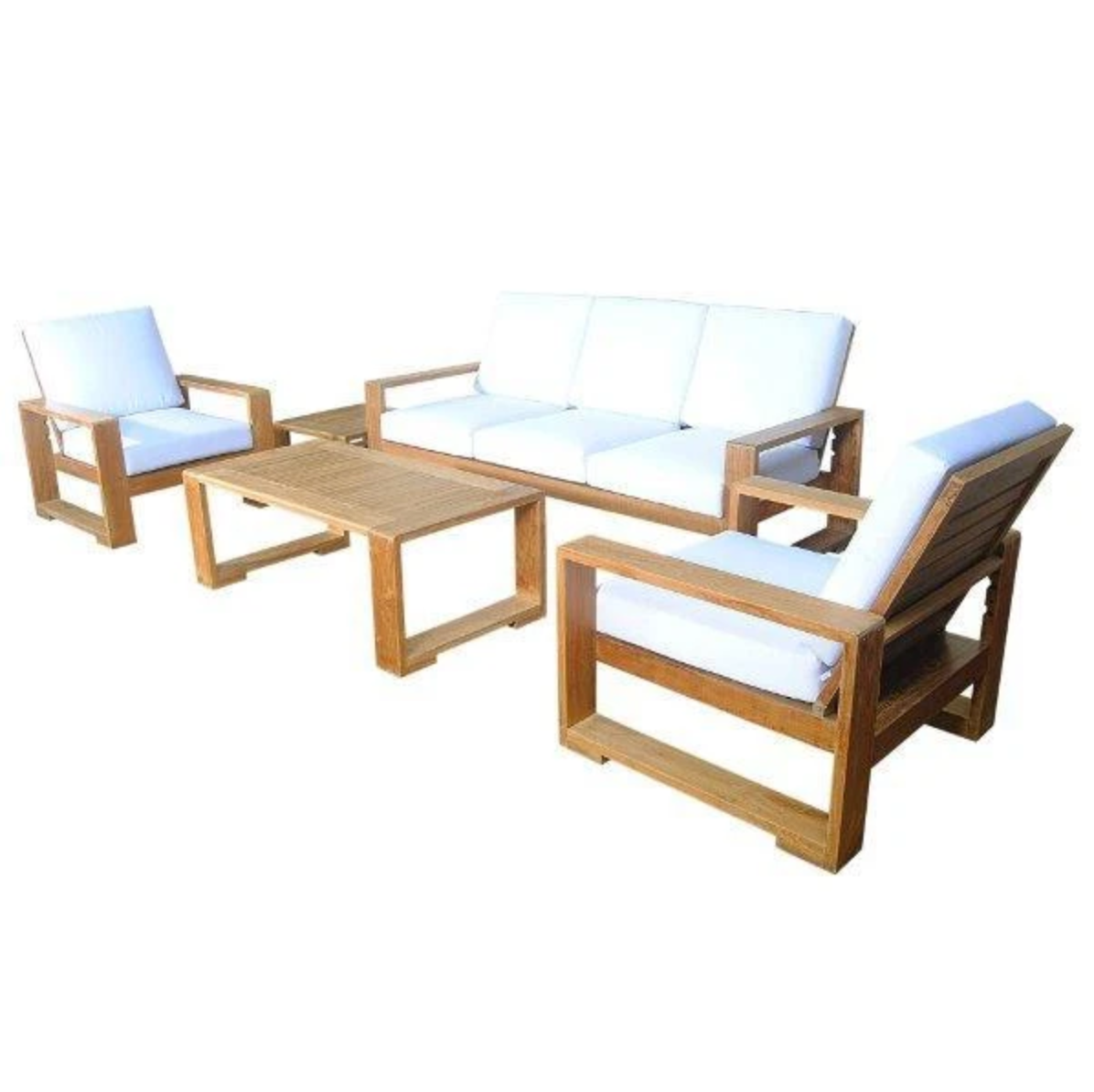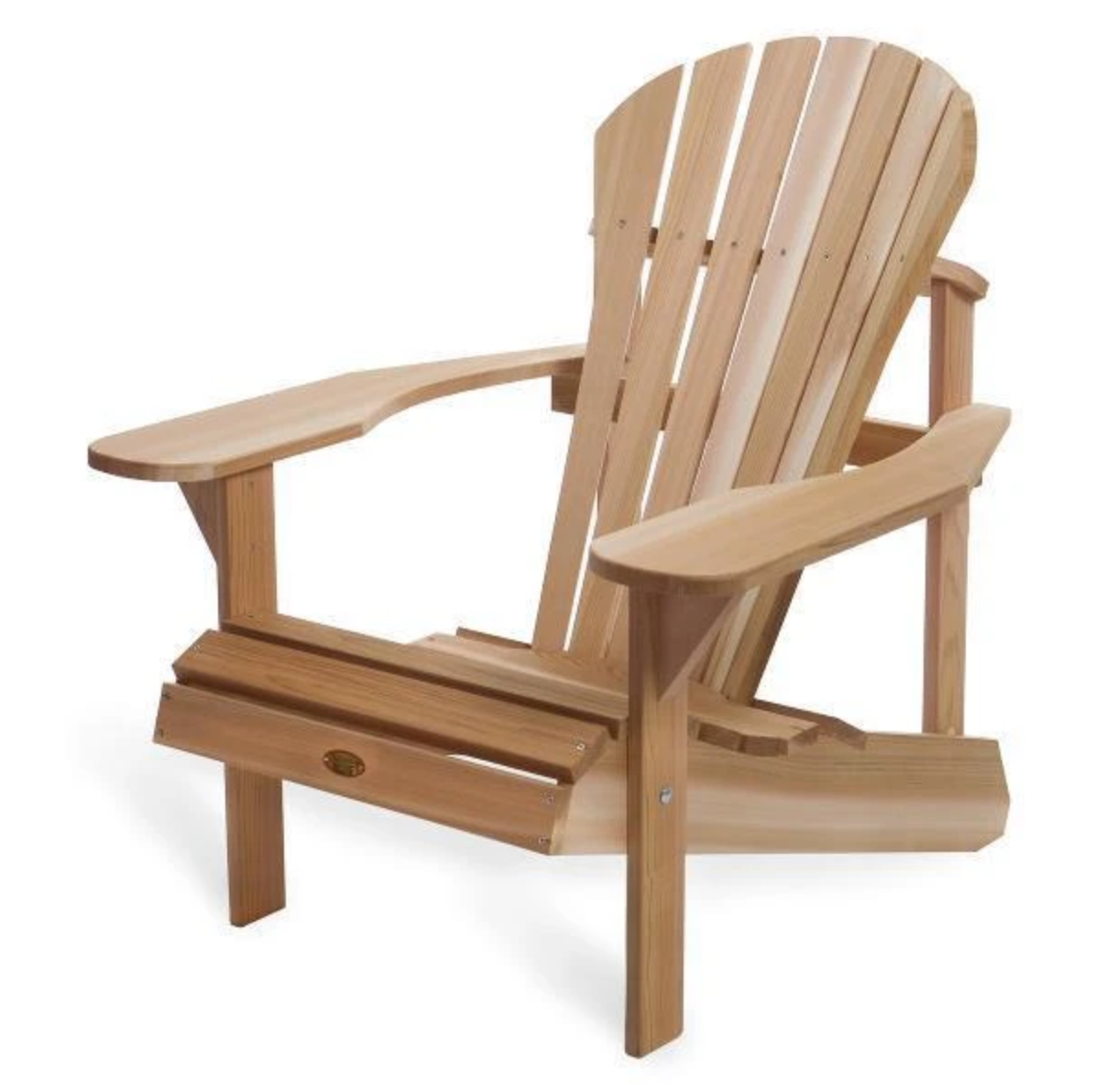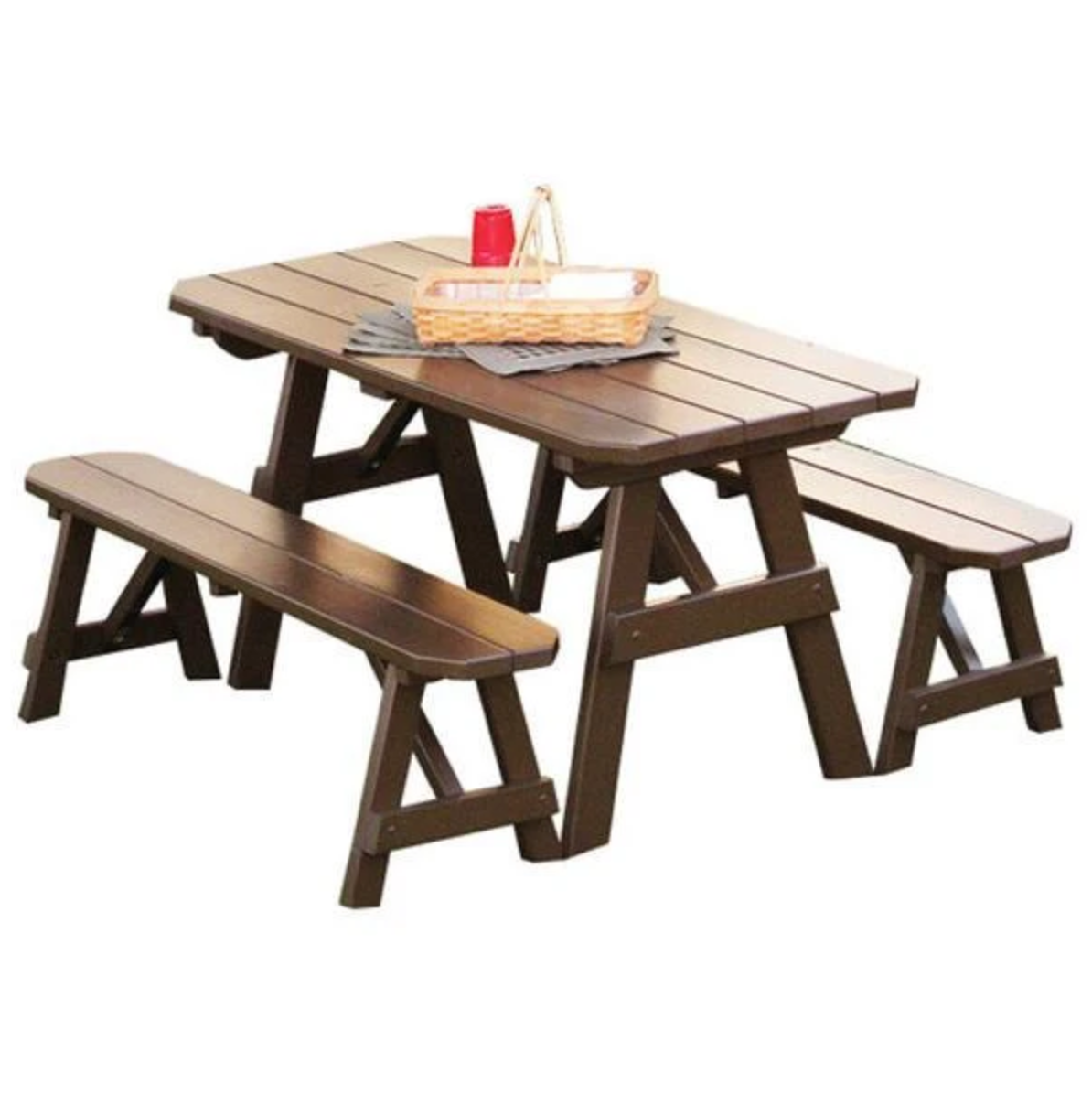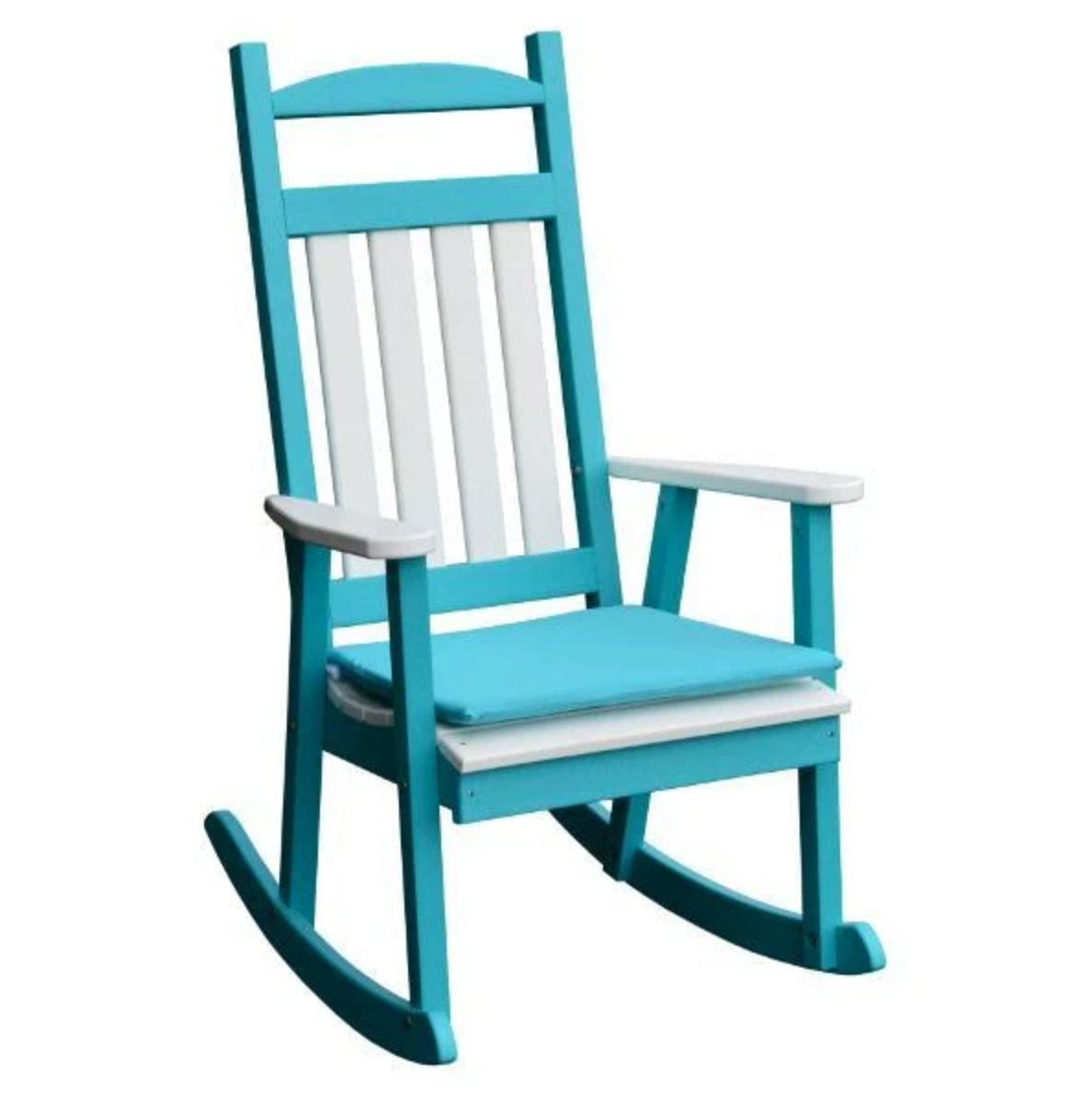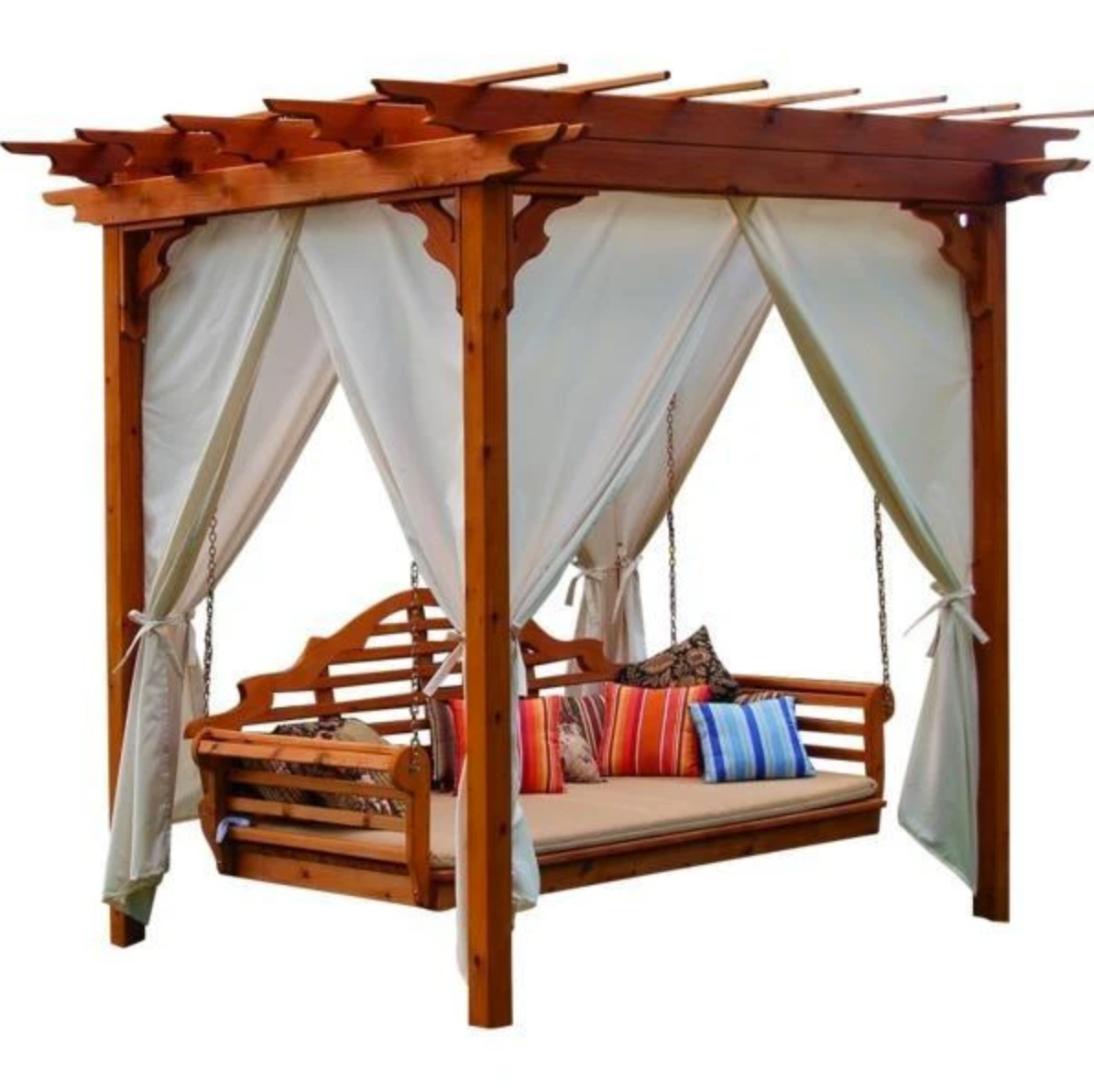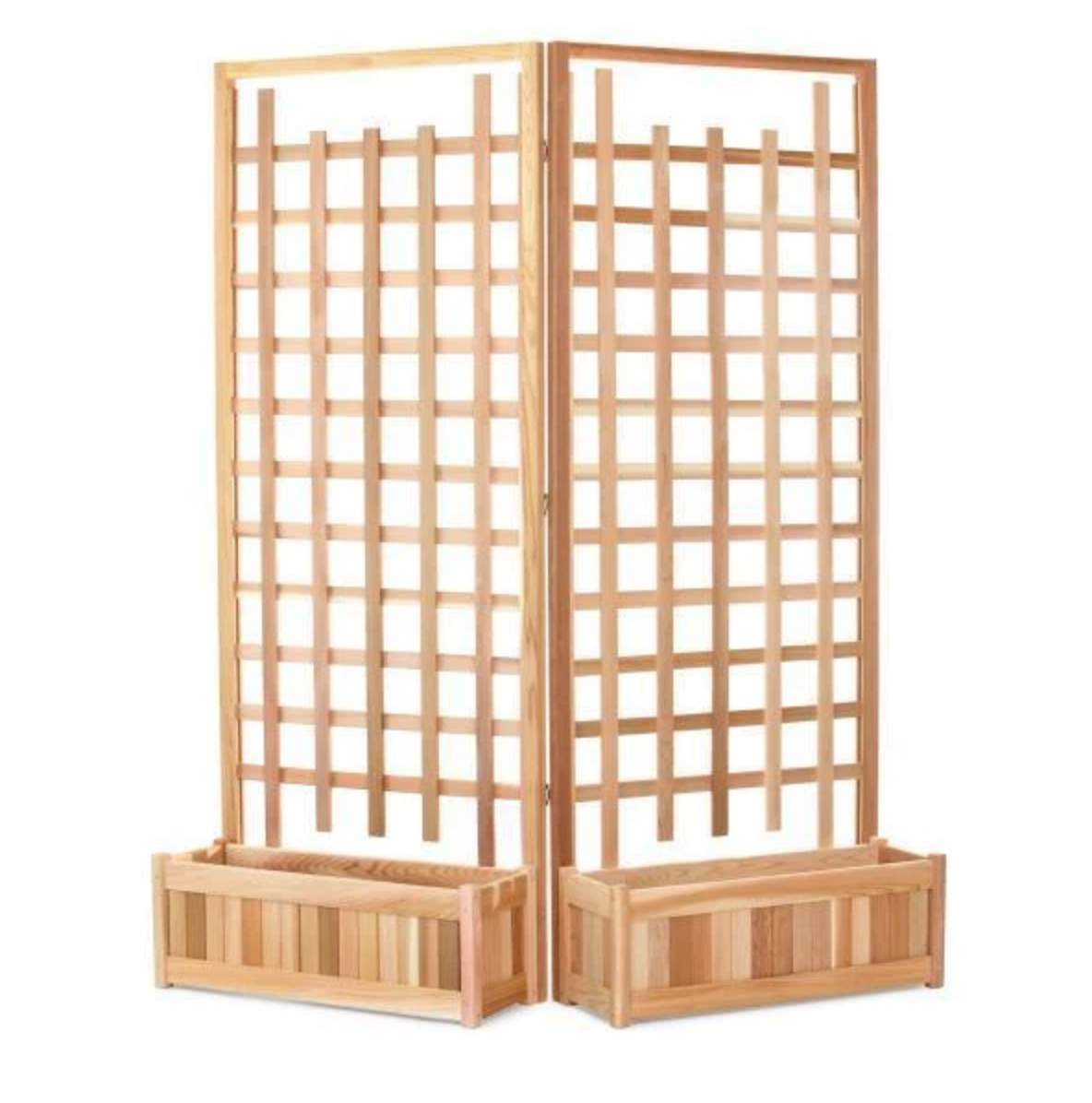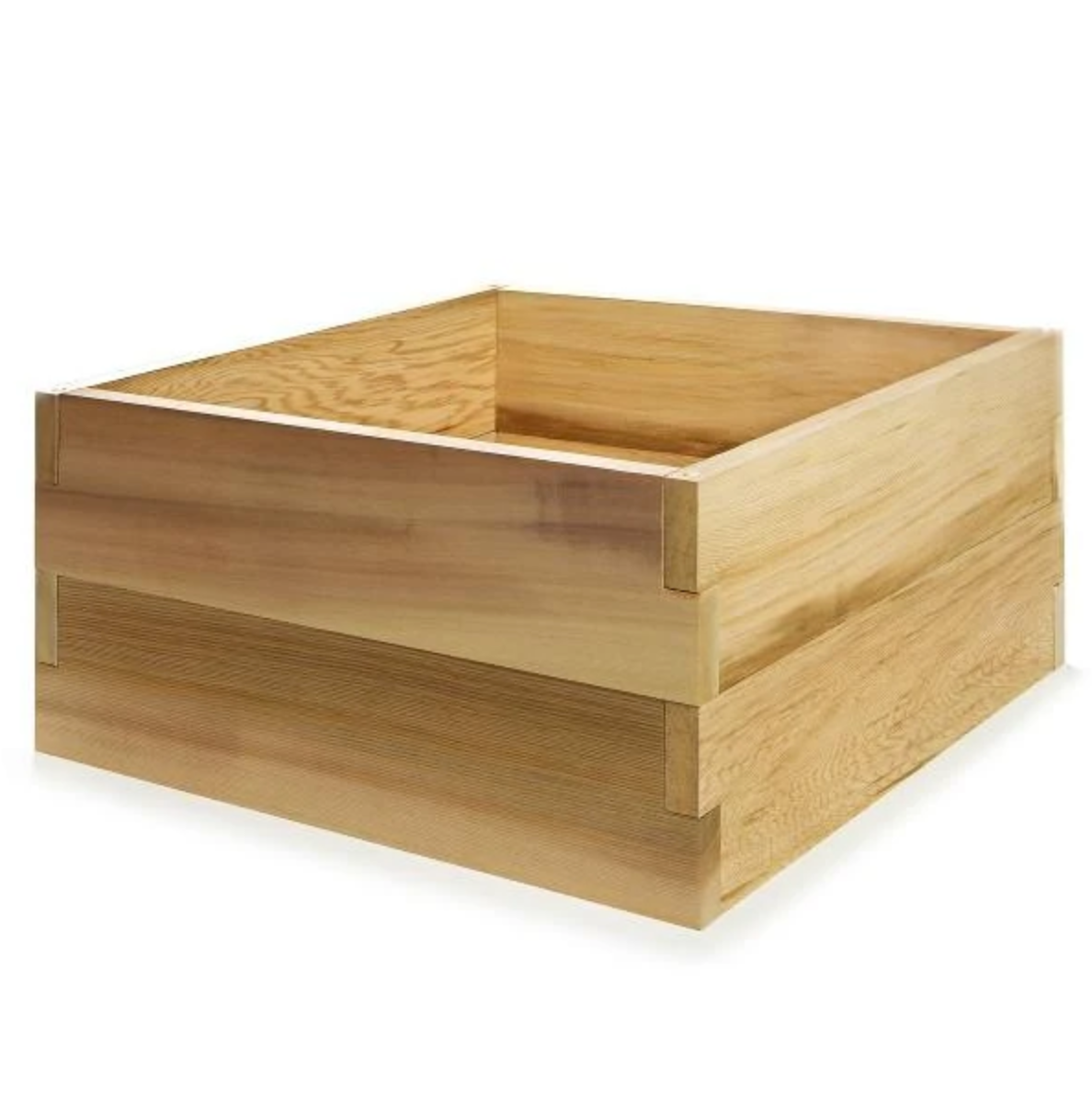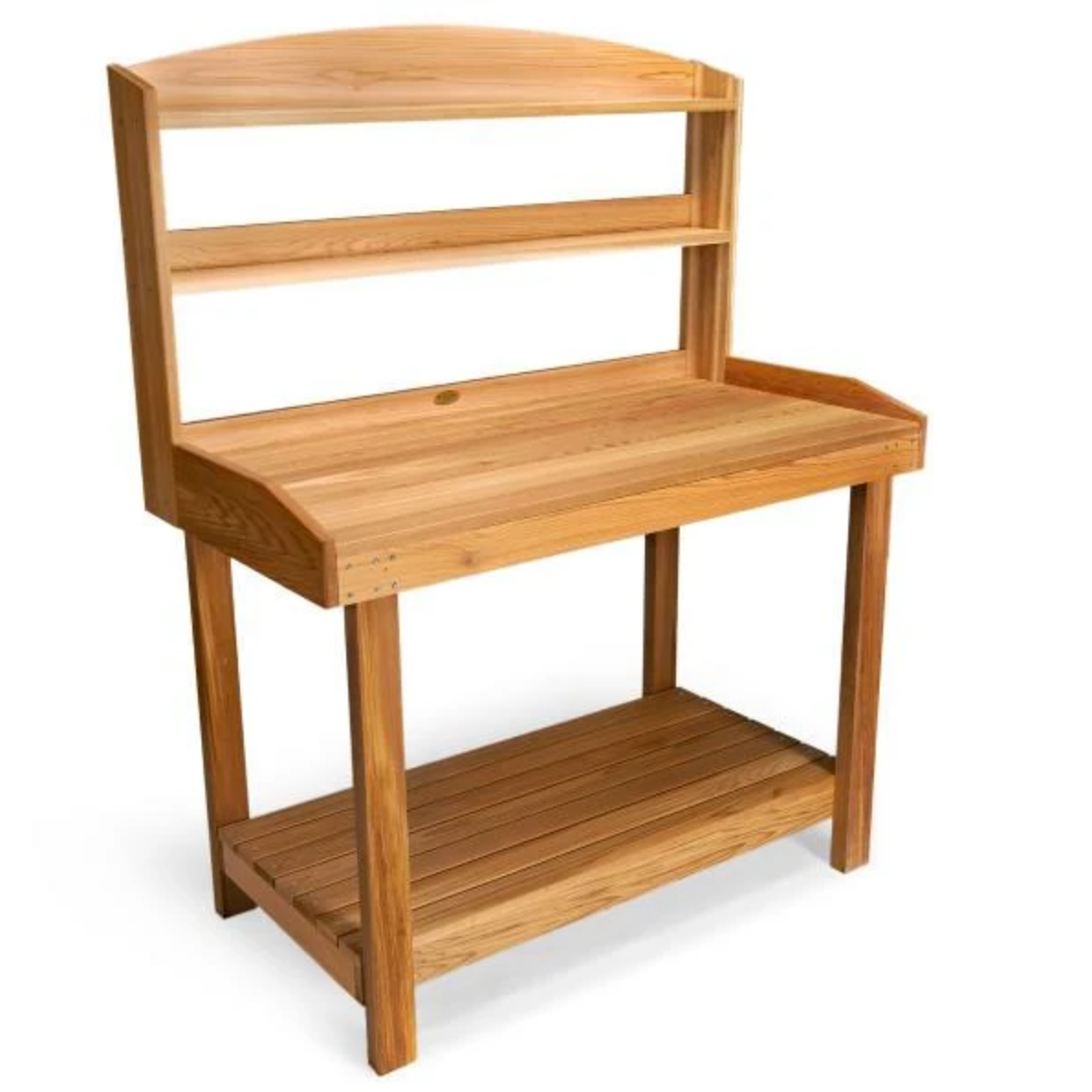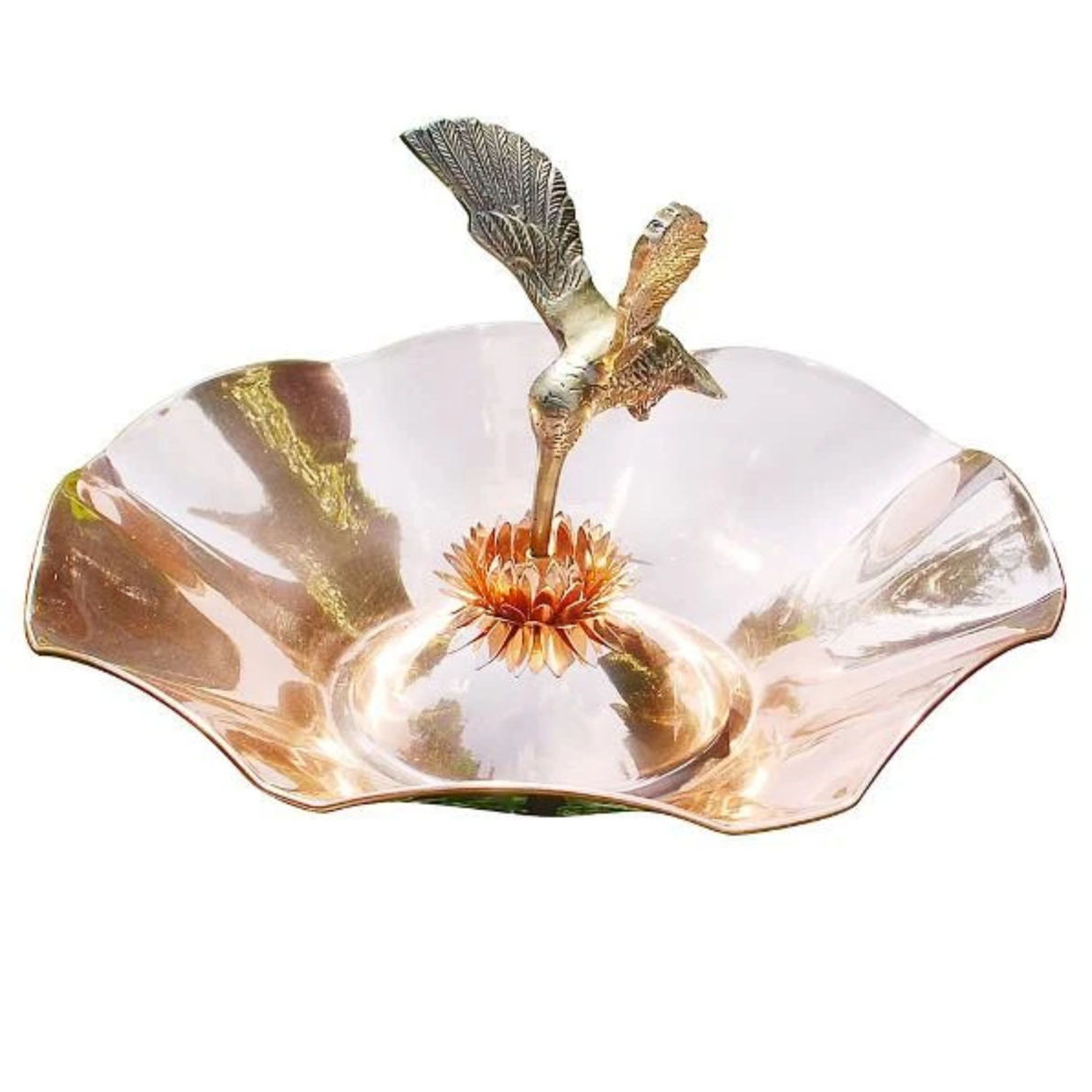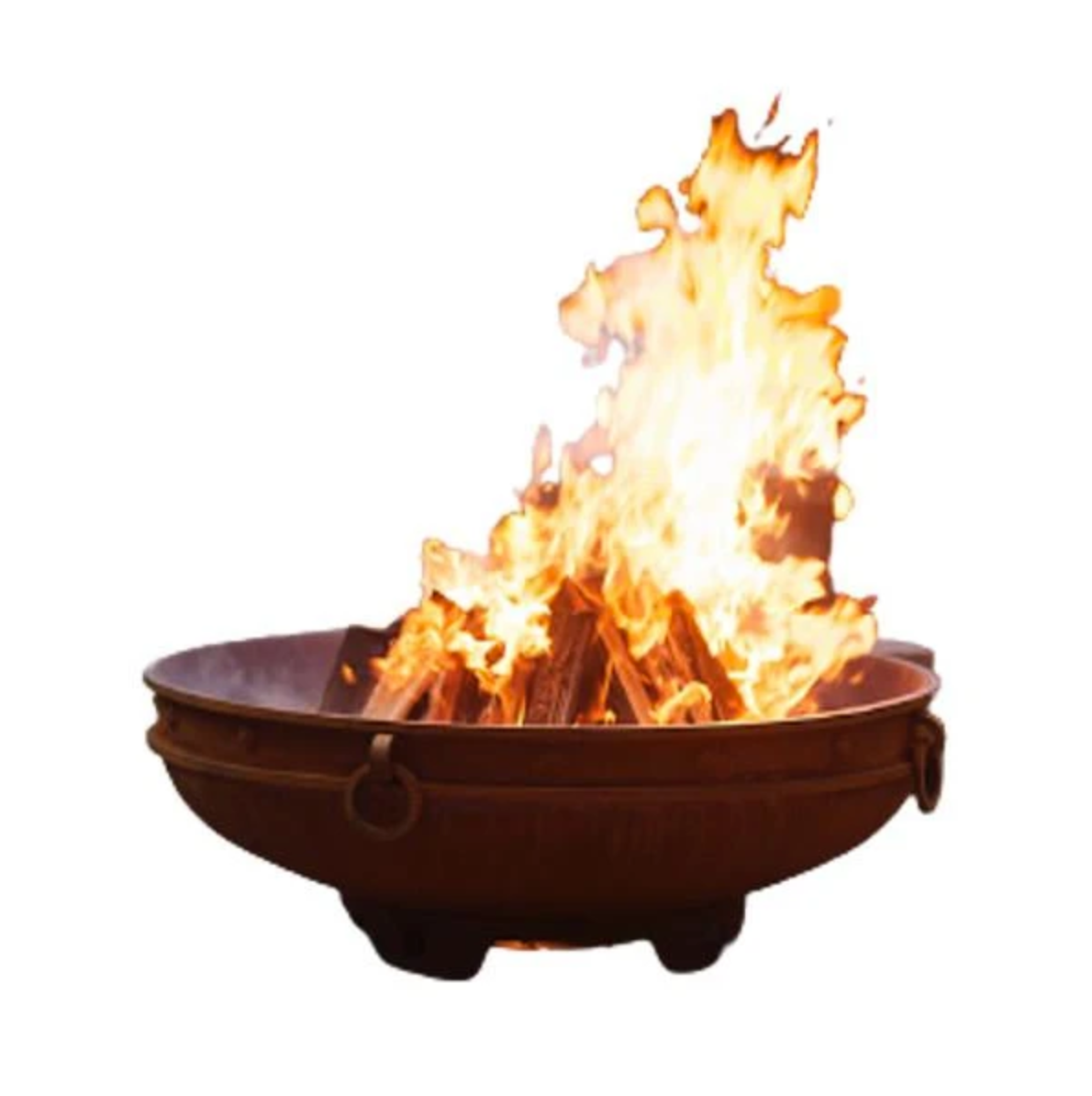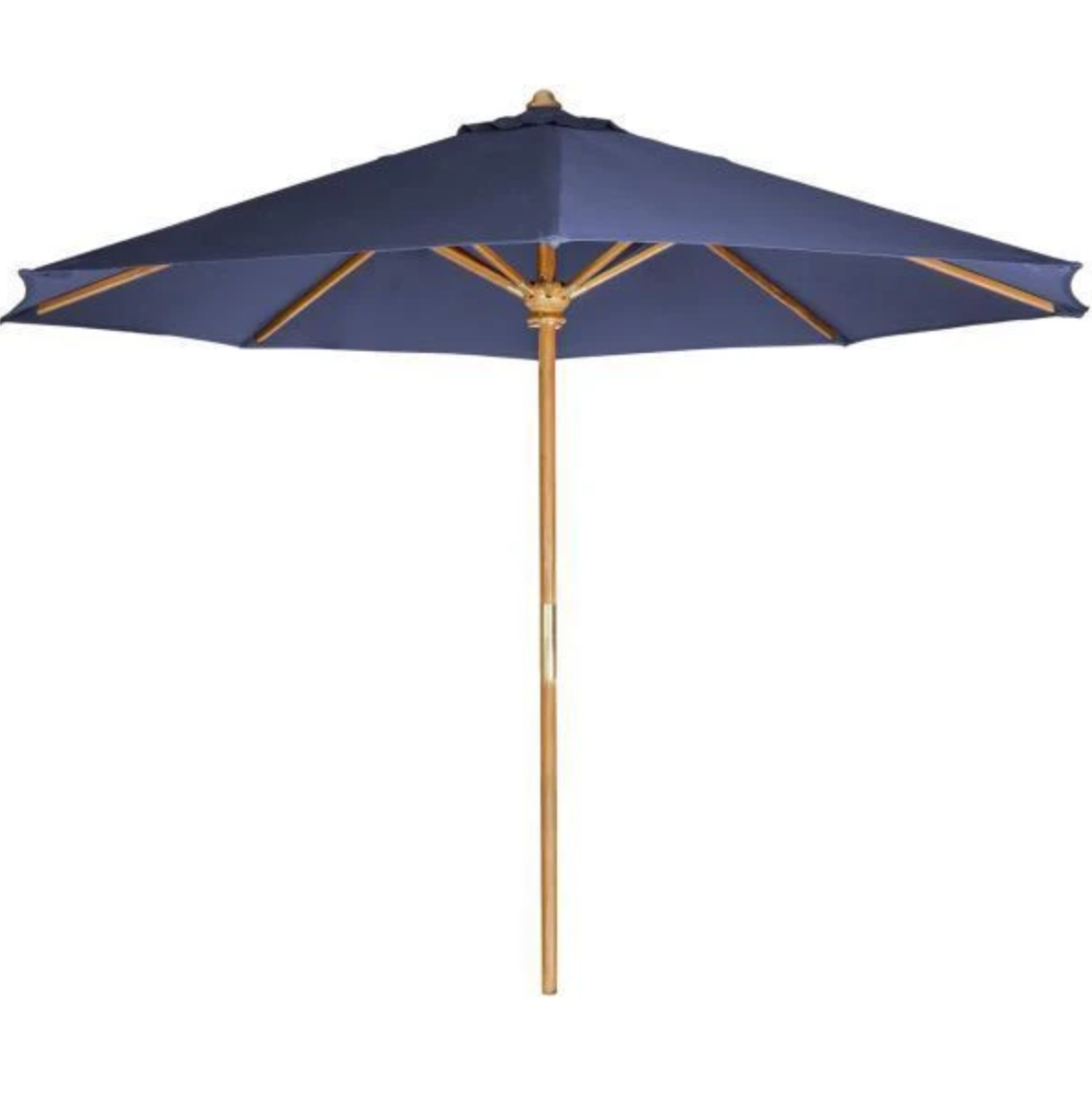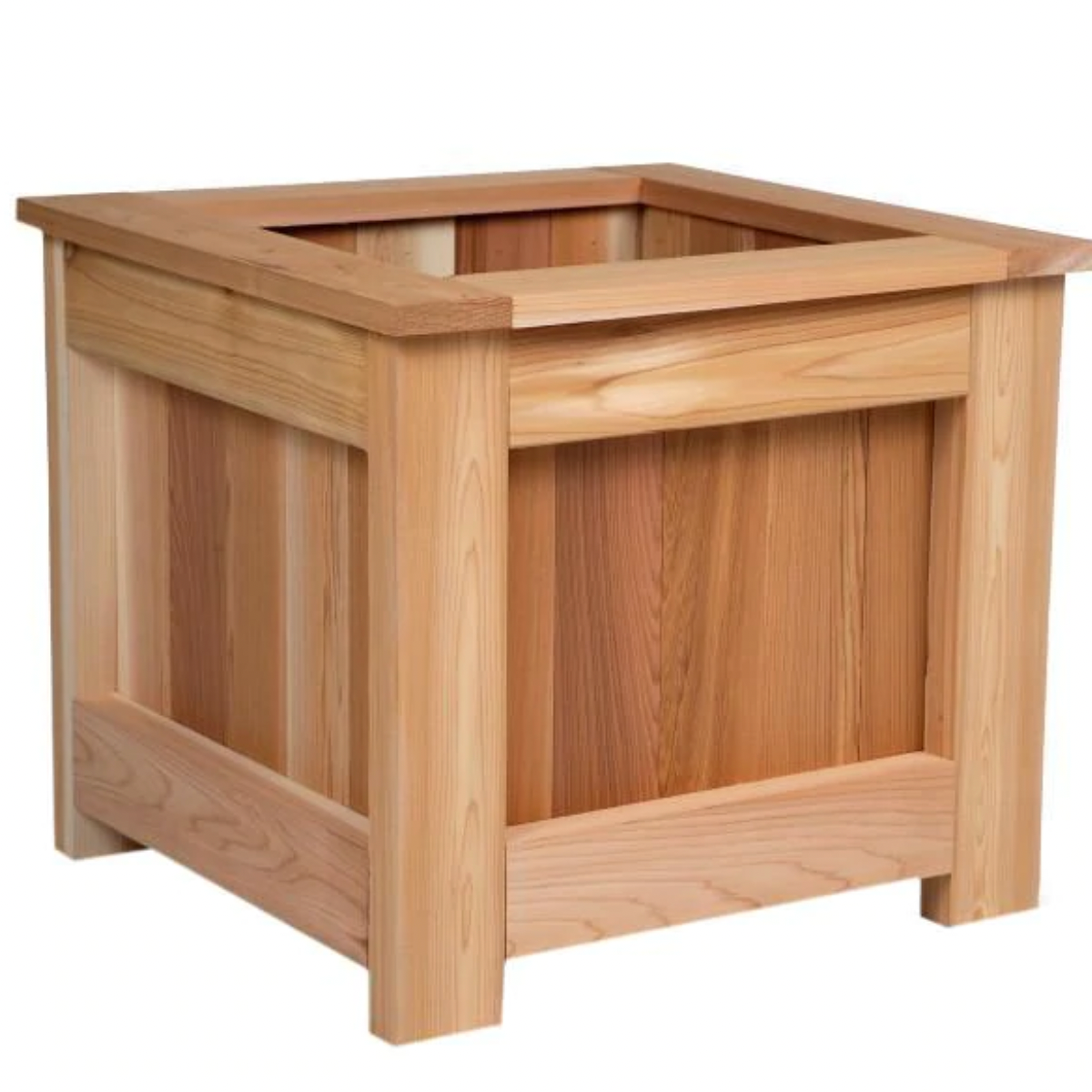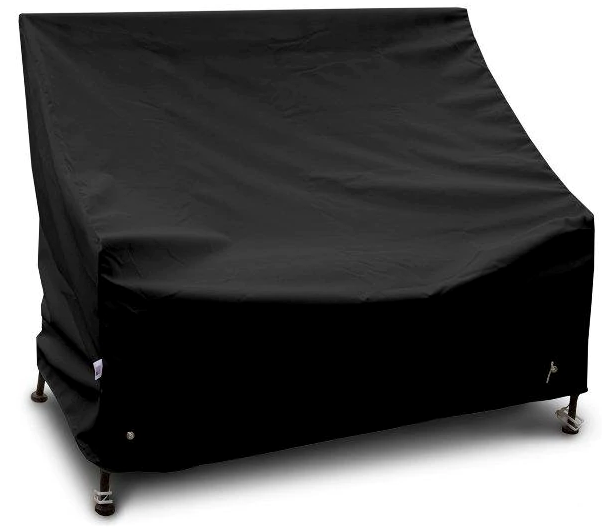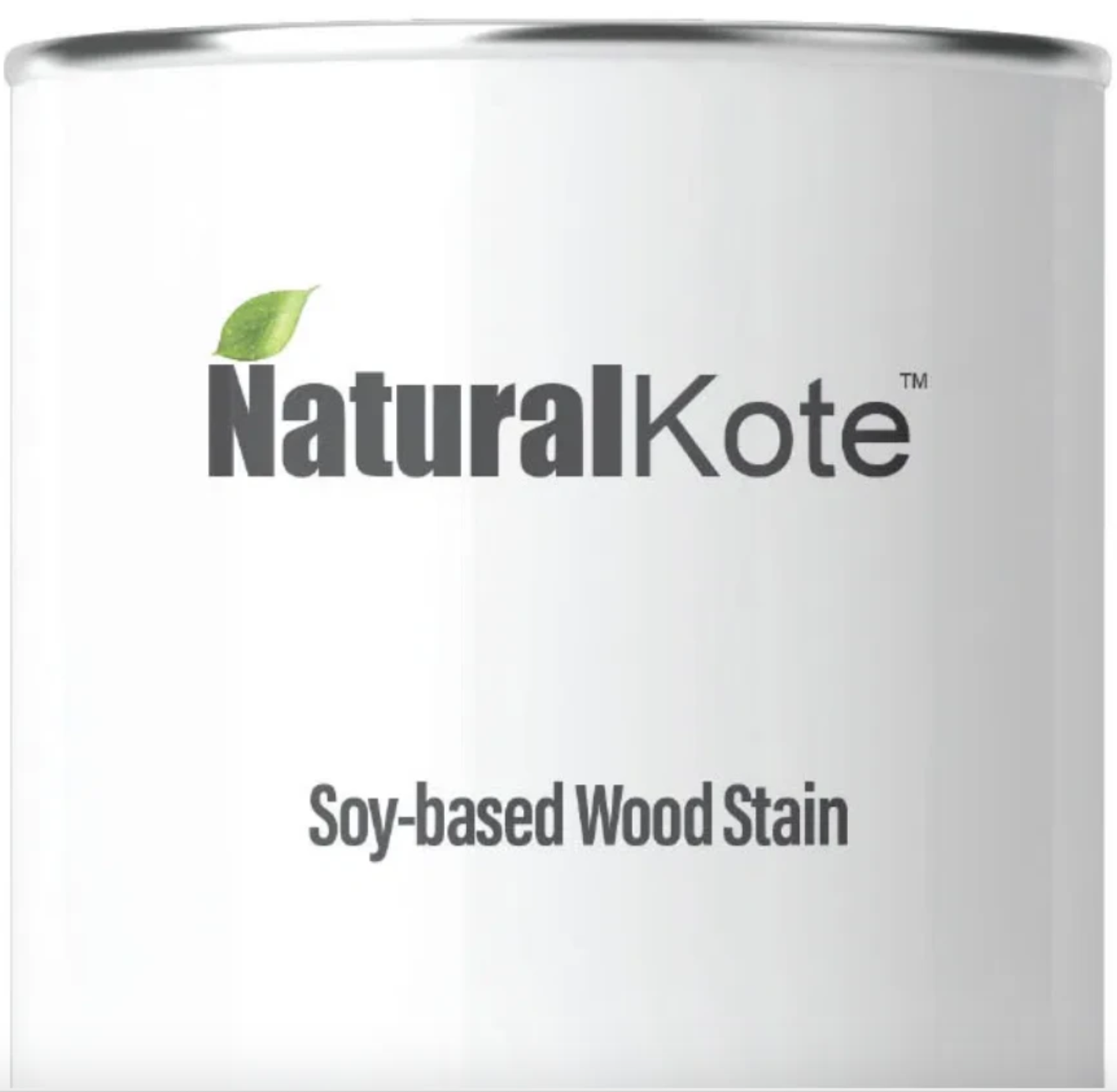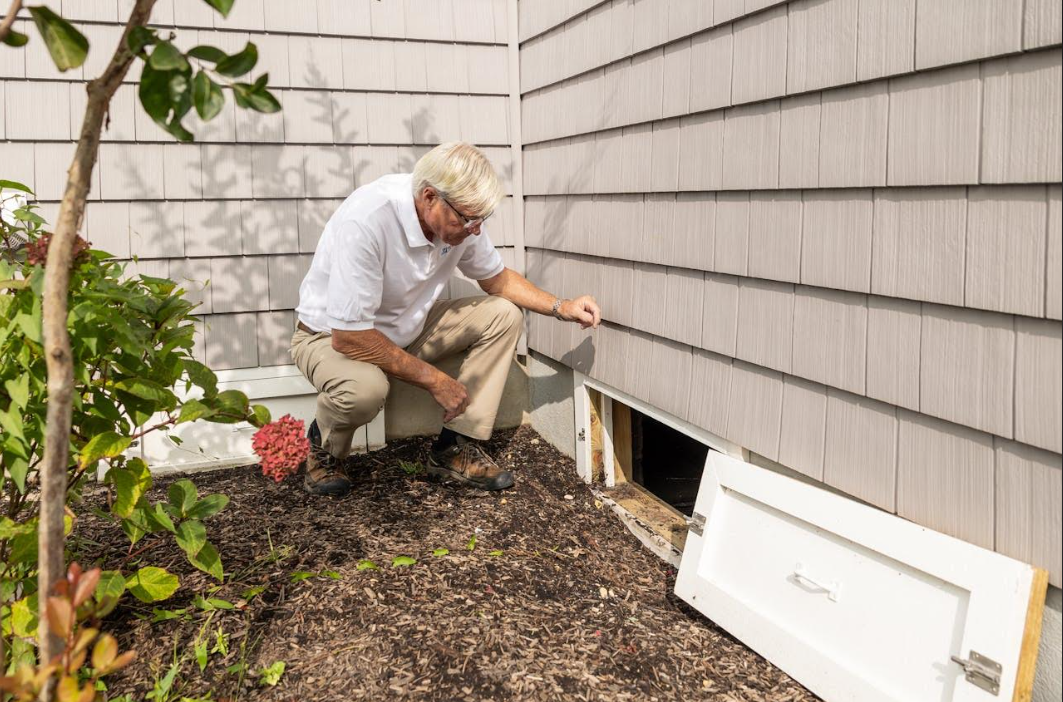Your Cart is Empty
FREE SHIPPING ON EVERY ORDER
Menu

FREE SHIPPING ON EVERY ORDER
Swings
Benches
Tables & Chairs
Home & Garden
Why Western Red Cedar is Great For Outdoor Use
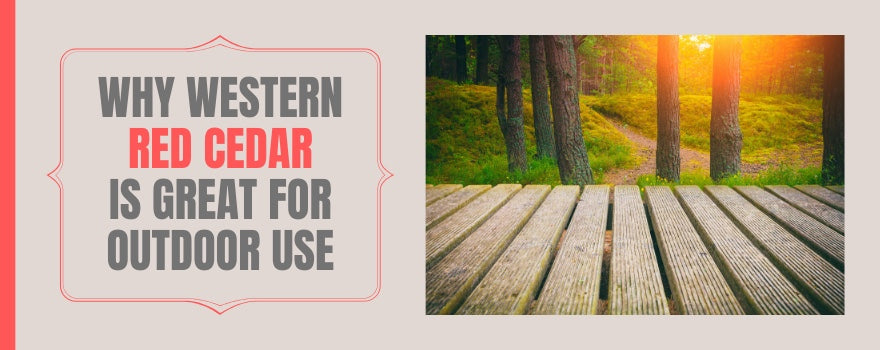
Is Cedar good for outdoor use? Western Red Cedar, or Thuja Plicata, has been used for more than a century in North America and Europe for outdoor structures and furniture. Cedar has an excellent reputation for being one of the most durable woods, and Western Red Cedar is Eco-friendly because it is grown in sustainable forests.
Western Red Cedar is growing in popularity recently, yet its history of usage goes back more than 4,000 years with the Native Americans of the Pacific Northwest. Choosing to use Western Red Cedar is continuing a long-lasting tradition in North America in particular.
What Does A Western Red Cedar Tree Look Like?
Western Red Cedar trees can grow up to 180 feet tall with branches that droop down. The longest branches are near the bottom, and the tree tapers towards the top. The trees produce seed cones that are around 1 centimeter long and look like tiny eggs. The leaves of the Western Red Cedar are scale-like in appearance and grow in a unique pattern of four rows with opposite pairs.

The Western Red Cedar grows in moist and cold climates and is tolerant of shade and sunshine both. These trees are known to live more than 1,000 years and discovered in the Pacific Northwest Coast. The wood is lightweight and very durable with a reddish-brown color. Western Red Cedar is naturally resistant to decay and rot because of its ability to produce tannins which act as a wood preservative.
Western Red Cedar will fade over time to a soft silver color if left untreated. Sealing Western Red Cedar will ensure the vibrant color lasts. The wood can be purchased with clear or knotty grades depending on your personal preference and come in many different sizes, from large posts to planks and pickets.
History of Western Red Cedar
Archaeologists have uncovered evidence of Western Red Cedar usage as far back as 8,000 years ago. Still, it has been in use in people's everyday lives in the Pacific Northwest for a solid 4,000 years. The wood was used heavily in Washington, Oregon, Alaska, and British Columbia, with excavations showing red cedar use in baskets, bows, tools, cooking surfaces, and fishing rods.
Red Cedar bark used to make clothing, ropes, bed mats, and even rain hats. The Coast Salish Tribe has a legend that describes the origin of the Western Red Cedar, which is said to be gifted by the Great Spirit to the Native Peoples.

Today, Western Red Cedar is used for building and is especially famous for outdoor structures such as gazebos, pergolas, and decks. This wood is also used in siding, paneling, and garden benches because it is a natural termite repellent due to its soft, earthy smell.
Western Red Cedar is also known for being a high thermal coefficient. Suppose you're looking for building materials that will help you use less electricity or gas. In that case, Western Red Cedar is perfect for you because it insulates in the winter and keeps temperatures lower in the summer. Many people use Western Red Cedar for greenhouses or conservatories due to its resistance to humidity and unique temperature control.
Using Western Red Cedar in Outdoor Furniture
To answer the question of whether cedar wood good for outside use? Of course, Western Red Cedar is perfect for outdoor furniture because it is durable and attractive, especially when sealed. Some of the best uses for Western Red Cedar include pergolas, porch swings, benches, gazebos, outdoor storage buildings, chairs, and tables.

If you choose to use Western Red Cedar, keep in mind that this wood needs to be sealed every two years to stay weatherproof and maintain its durability.
If you own a wooden bench, check out our guide on how to care for your wooden bench. These tips can be applied to other wood outdoor furniture as well!
Also in News
US
United States
Jan 08, 2026 17:24
Product Tag :
Product Collection :
×
